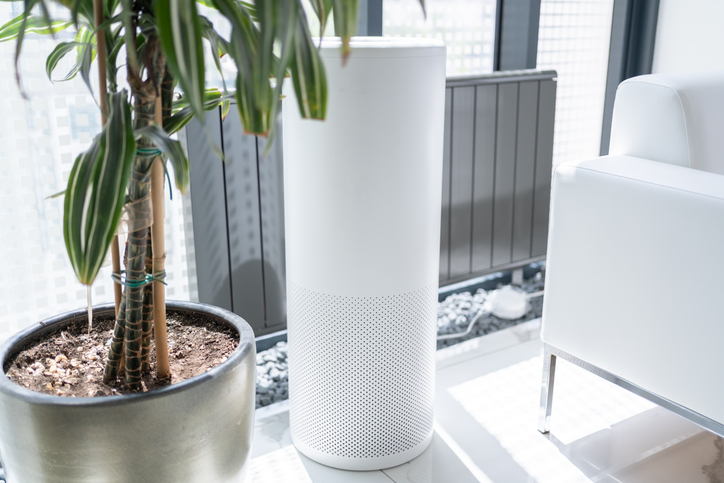Introduction
When planning or residing in a newly constructed property, many overlook one critical aspect of home comfort and safety—air quality. Construction processes often influence indoor air quality in Ellicott City MD, as materials and practices can introduce pollutants to living spaces. This impact can affect both short-term health and long-term environmental comfort. Whether you’re a homeowner, real estate investor, or contractor, understanding these effects ensures spaces are safe, healthy, and welcoming.
Indoor Air Quality Challenges in New Buildings
1. Chemicals in Building Materials
New construction often uses materials like paints, sealants, adhesives, and engineered wood. These materials release volatile organic compounds (VOCs) into the air. VOCs can linger indoors for weeks or even months, reducing overall air quality. For instance, fresh paint might smell great initially, but it contributes to potential respiratory problems over time. Regular ventilation and non-toxic material choices can help mitigate these effects.
2. Dust and Debris Accumulation
Construction processes generate significant amounts of dust and debris, which can settle in air ducts, corners, and other hard-to-reach areas. This build-up contributes to indoor air pollution and exacerbates allergies or respiratory conditions. Contractors or real estate owners should prioritize periodic air duct cleaning to address this concern. Improving ventilation systems can also help reduce particle accumulation in tightly sealed spaces.
3. Inefficient Ventilation Systems
Modern construction often emphasizes tight insulation to enhance energy efficiency. However, this airtight design can trap pollutants indoors, leading to stale and unhealthy air. Homeowners in the region, such as those concerned about indoor air quality in Baltimore MD, should ensure their properties include advanced ventilation systems. Features like air purifiers, HEPA filters, or regular system maintenance effectively combat airflow inefficiencies.
4. Mold and Moisture Issues
A significant concern in new construction is improper moisture management. Poorly sealed windows, roofs, or plumbing systems can allow moisture to enter your home’s environment. Over time, this moisture encourages the growth of mold, which significantly impacts air quality and increases health risks. To prevent this, always ensure proper sealing during construction and conduct regular moisture checks in high-humidity areas, such as basements and bathrooms.
5. Off-Gassing from Furnishings
New furniture, carpets, and other decorative elements often off-gas various chemicals, such as formaldehyde. This process can span weeks after installation, leading to continuous air contamination. Opting for low-emission or “Green Guard-certified” products can significantly reduce this issue. Additionally, increasing natural airflow or using air purifiers can combat off-gassing pollutants.
With numerous factors influencing air safety during and after construction, it’s natural to feel overwhelmed. However, proactive steps, such as regular maintenance, upgrading HVAC systems, and selecting sustainable materials, can make all the difference. Understanding these impacts allows homeowners and contractors in the region to create healthier, safer living spaces that truly feel like home.
Conclusion
At Supreme Service Today, we understand the frustrations that come with maintaining air quality in new or renovated properties. Contact us at (410) 788-1114 to schedule an air quality assessment.
📌Swing by Supreme Services Today for fast, friendly help with plumbing, heating, and HVAC — trusted service from your local pros.





